On a chilly, sunny day in late November 1924, just outside of Washington, D.C., Grace Goodhue Coolidge declared “I christen thee Los Angeles.” As the First Lady pulled on a red, white, and blue streamer, a trap door opened in the Zeppelin dirigible ZR-3, releasing a flock of white homing pigeons. The newest addition to the U.S. Navy fleet, now the U.S.S. Los Angeles, was ready for service.
Before the afternoon ceremony at Bolling Field, the airship had taken a “leisurely” detour flight over the U.S. Capitol, the White House, and various monuments. It was a Wednesday and, with publication deadlines pressing, Science Service journalist Watson Davis was probably in his downtown office as the ship passed overhead. Within two months, however, he had an opportunity to view the Los Angeles up close, when he joined a scientific expedition to observe and photograph an eclipse.
On January 24, 1925, for the first time in over a century, a total solar eclipse would be visible across the northern part of the United States. The umbra would extend over densely populated areas, from Minnesota through southern New England, and near thirteen observatories, including the Maria Mitchell Observatory on Nantucket Island. The eclipse might have even been partly visible from the White House lawn.
Given the timing (a Saturday morning) and the millions of potential spectators, the astronomy community engaged in energetic public outreach and education about the sun’s chemistry, the principles and practices of observational astronomy, and the contributions of local observatories. Scientific American organized an extensive radio campaign, persuading amateur astronomers and schoolchildren to fill out and return questionnaires about what they saw. For residents of New York City, the eclipse would begin after 8 a.m. and totality was predicted to occur at 9:11 a.m., leaving millions of people in darkness or dim light until well after 10 a.m. In the days preceding the event, newspaper articles explained exactly where and when the shadow’s edge would cross Central Park and other parts of the city. Citizens were asked to snap stopwatches and to record when the edge reached their location because, the New York Times explained, it could “help astronomers fix exactly the path of the wandering moon.”
Proposals to observe eclipses from airplanes had been made since 1918, and over thirty military planes planned to be in the air with cameras trained on the eclipse. The availability of the Los Angeles, based at Lakehurst, New Jersey, presented a special opportunity for a steadier photographic platform, one that might rise above clouds and local pollution. And so the U.S. Naval Observatory and U.S. Bureau of Standards formed an “expedition” to fly onboard the airship, recording the event with special still and motion picture cameras. Watson Davis arranged to be named as the press representative. When Harvard astronomer Willem J. Luyten crowed in a letter that he would be observing the eclipse from a plane chartered by Fox Films, Davis engaged in a bit of one-upmanship. He replied that he would be even higher that day — in a dirigible.
Public anticipation built steadily in January with predictions of a “spectacle of a lifetime” and “phenomenon of unearthly beauty” as “jaws of darkness ... devour upper Manhattan.” Astronomer Henry Norris Russell promised that “all the color values of the landscape” would be altered “in a most uncanny fashion” and that observers might even witness the phenomenon called “Baily’s beads.” Manhattanites were asked “to refrain from using unnecessary lights” during the moments of totality. Most city lamps were turned off, and automobile drivers were asked to dim headlights, lest glare hinder observers. The New York Stock Exchange delayed its opening. For once, money took a back seat to science.
As the Los Angeles cruised at 4,500 feet that morning, Davis got ready to broadcast a “running account of the eclipse” from the unheated control car, with commentary from scientists onboard. His voice was to be relayed by stations in New York City, New Jersey, Rhode Island, and Massachusetts. The initial voice transmissions, however, were “indistinct,” so they switched to International Morse code. “During the two minutes, four and six-tenths seconds of totality,” Davis dictated to the telegraph operator, “not a cloud marred the magnificent spectacle of a sun so completely blotted out by the moon that the coronal fringe of the light and the ghostly radiance of the eclipsed sun turned the ocean horizon and the clouds below into a vivid picture in yellows, purples, and grays, while observers drew pictures of the corona for science.”
There was much jubilation after the flight. The scientific data proved valuable and even the astronomers could not refrain from marveling as the colors went from orange to red to blue-black, and the corona appeared. U.S. Navy Captain Edwin Taylor Pollock, superintendent of the U.S. Naval Observatory and head of the research group, exclaimed “When you can adequately describe celestial glory, then you will have told what this eclipse looked like.”
Reception on the ground was mixed. There were “oohs” and “ahhs” from millions of humans, and observatories were crowded with enthusiasts. The birds at the Bronx Zoo, however, initially stilled by the moon’s dark shadow, burst into lusty song once “Brother Sun” reappeared, bringing another glorious day.
Related Resources
Publications of the United States Naval Observatory, Digital Library for Physics and Astronomy, Harvard-Smithsonian Center for Astrophysics
84 Years Ago, the Sun Blinked Out!, Hayden Planetarium Blog, American Museum of Natural History
Produced by the Smithsonian Institution Archives. For copyright questions, please see the Terms of Use.


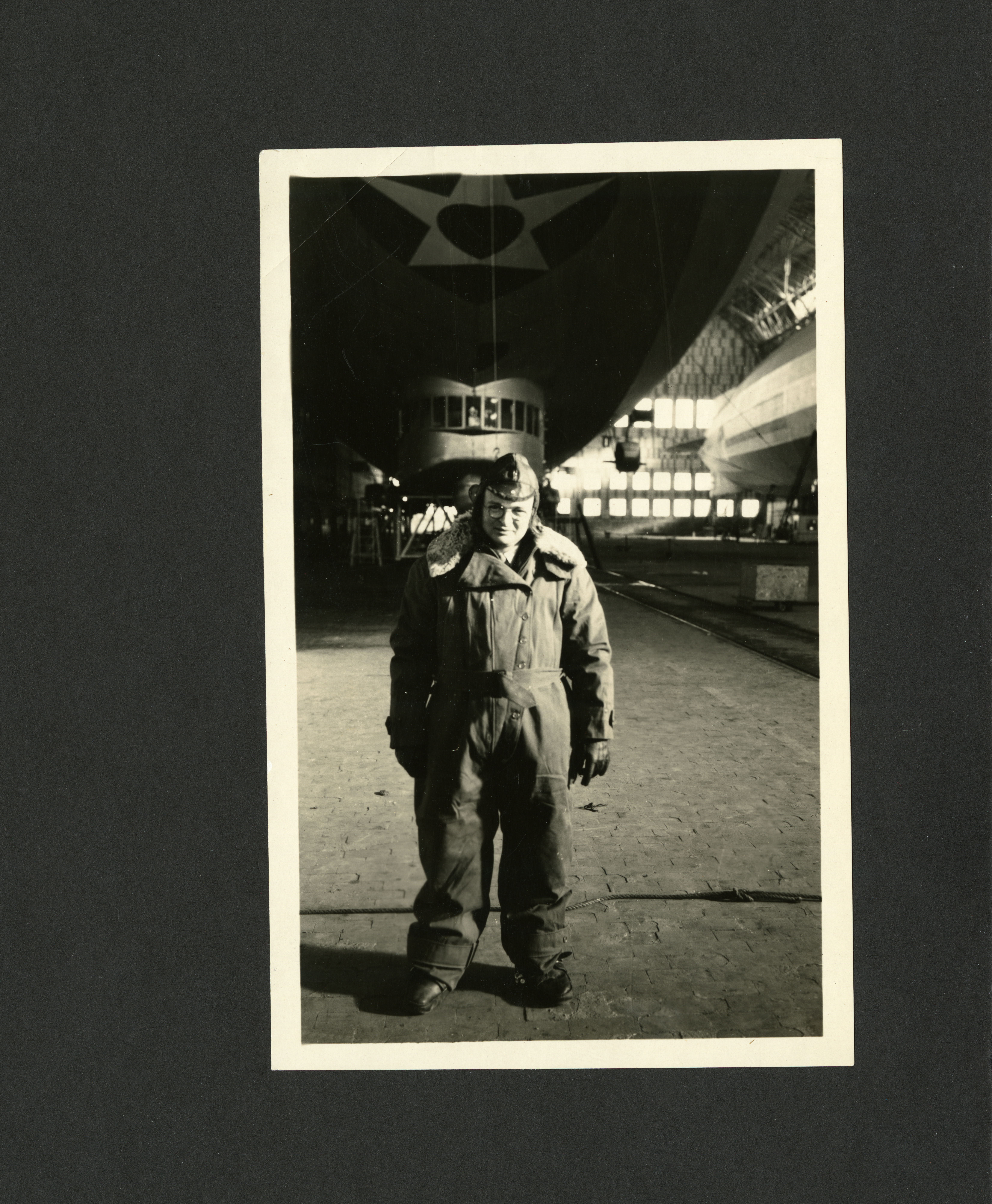
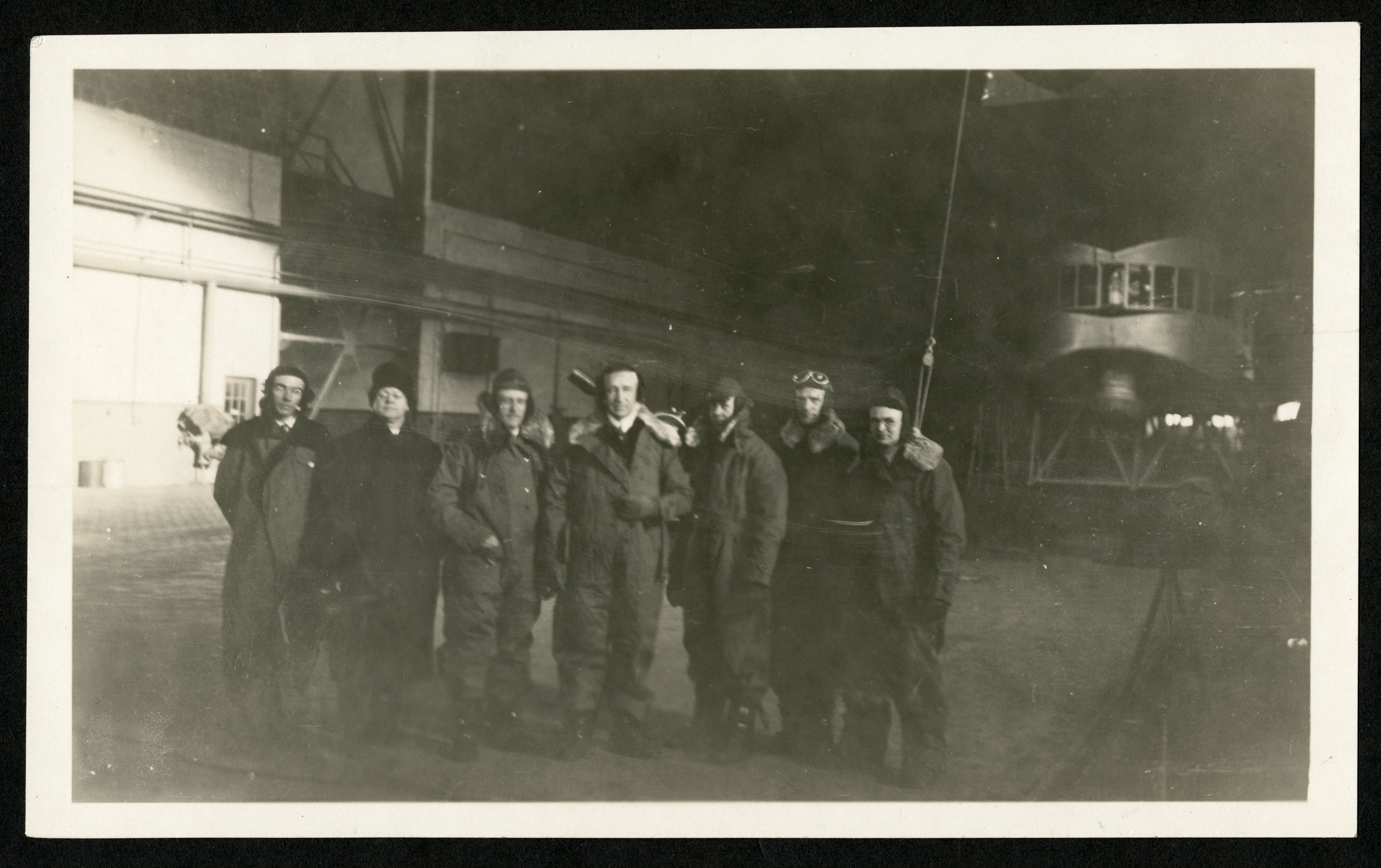
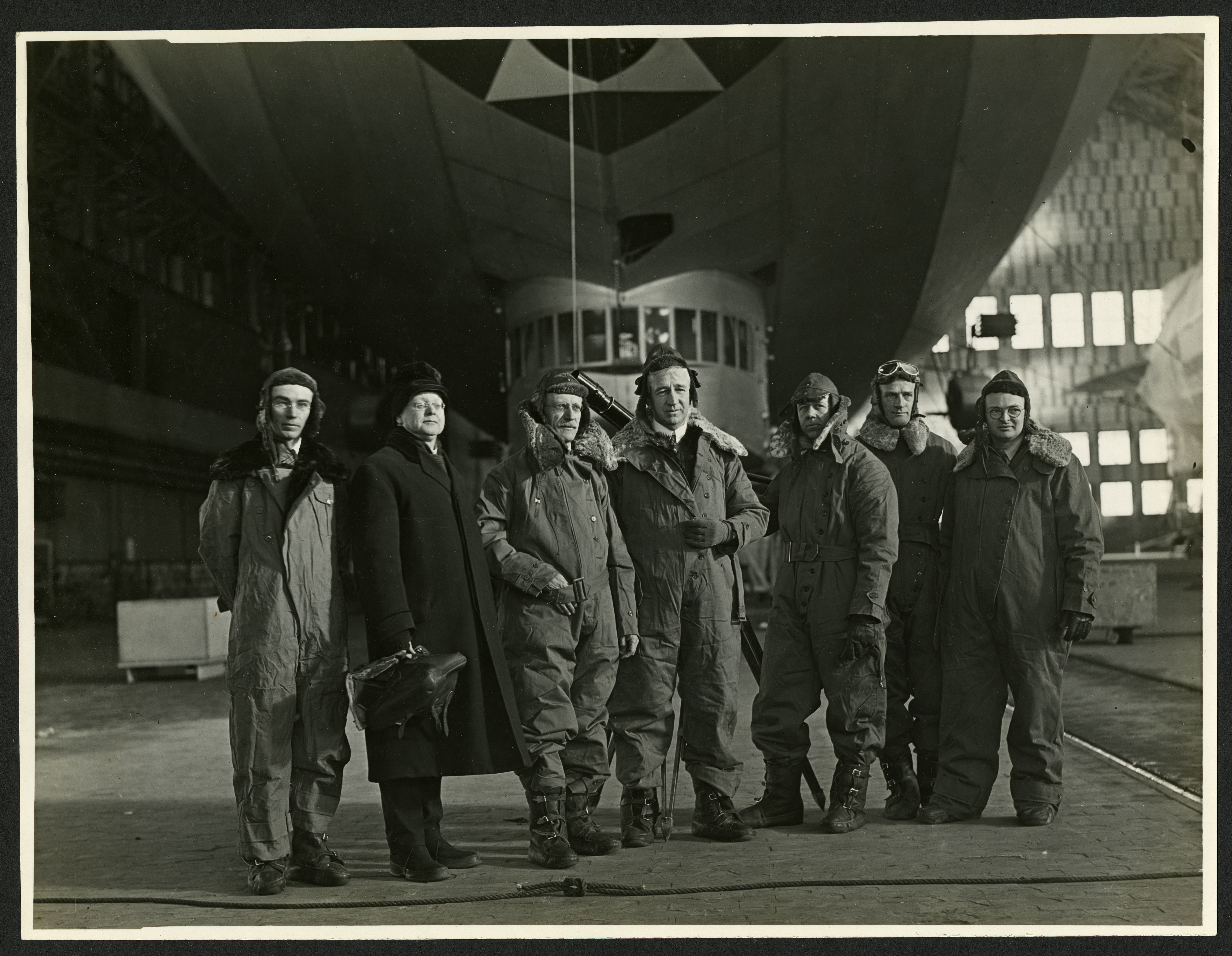

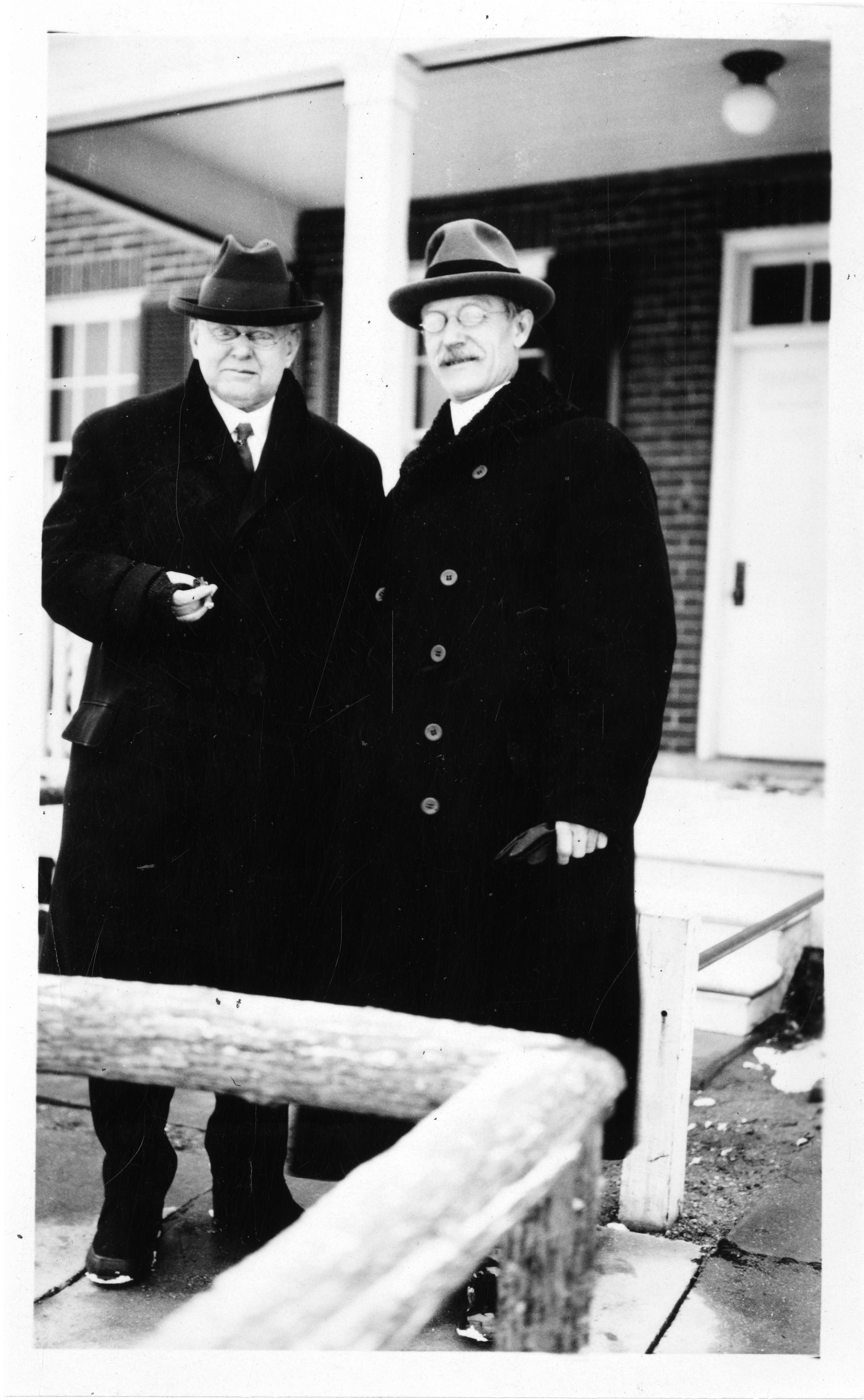
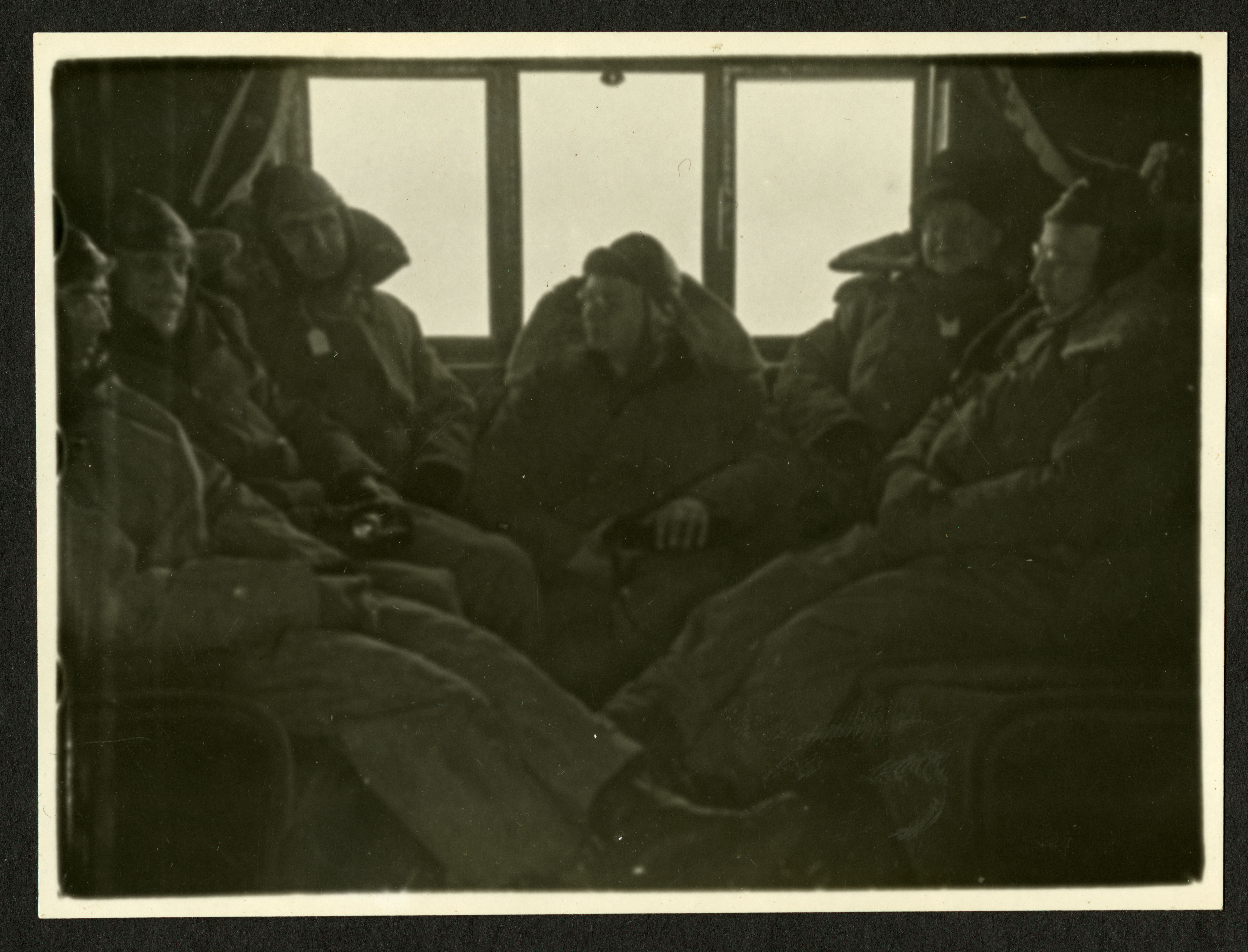

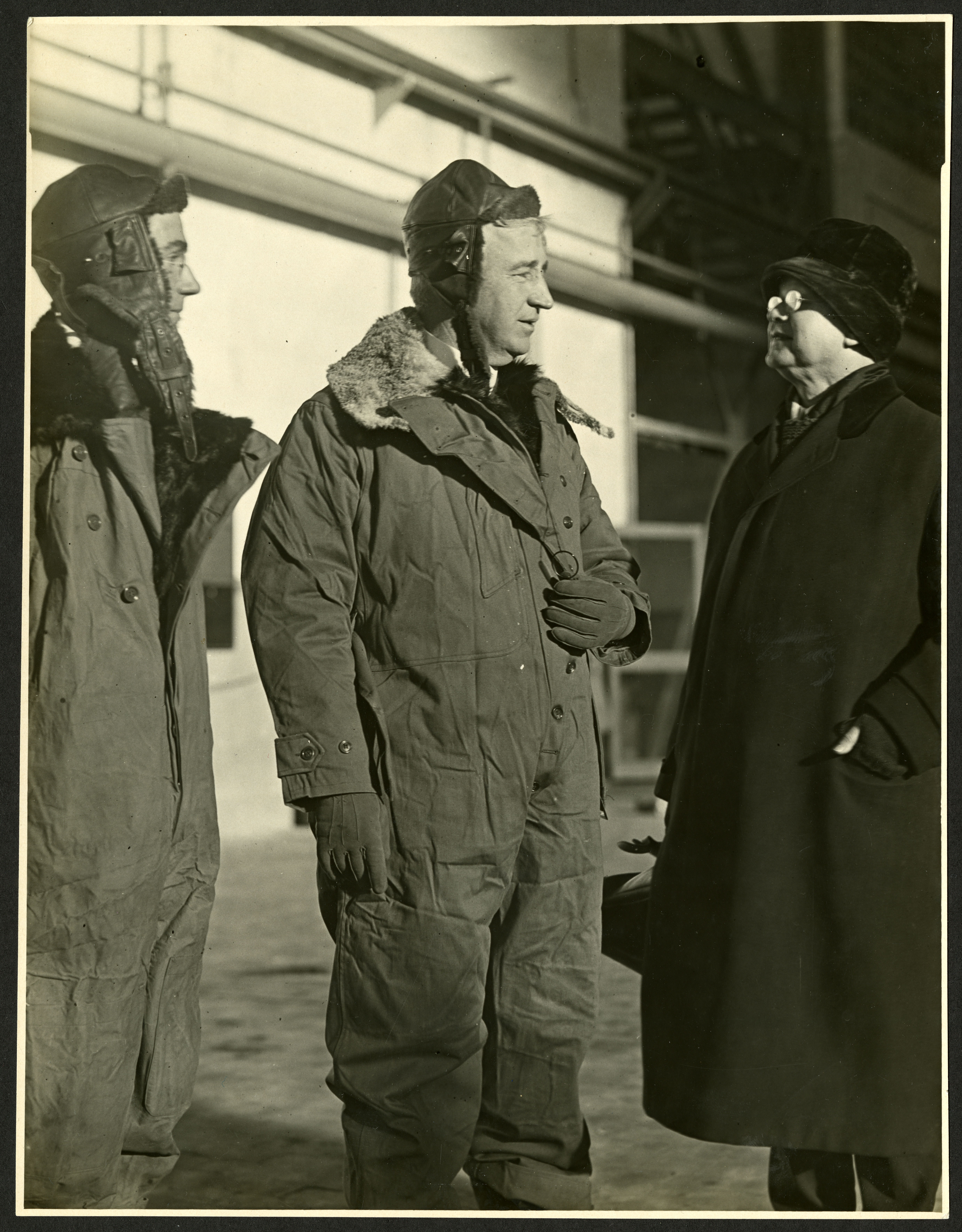
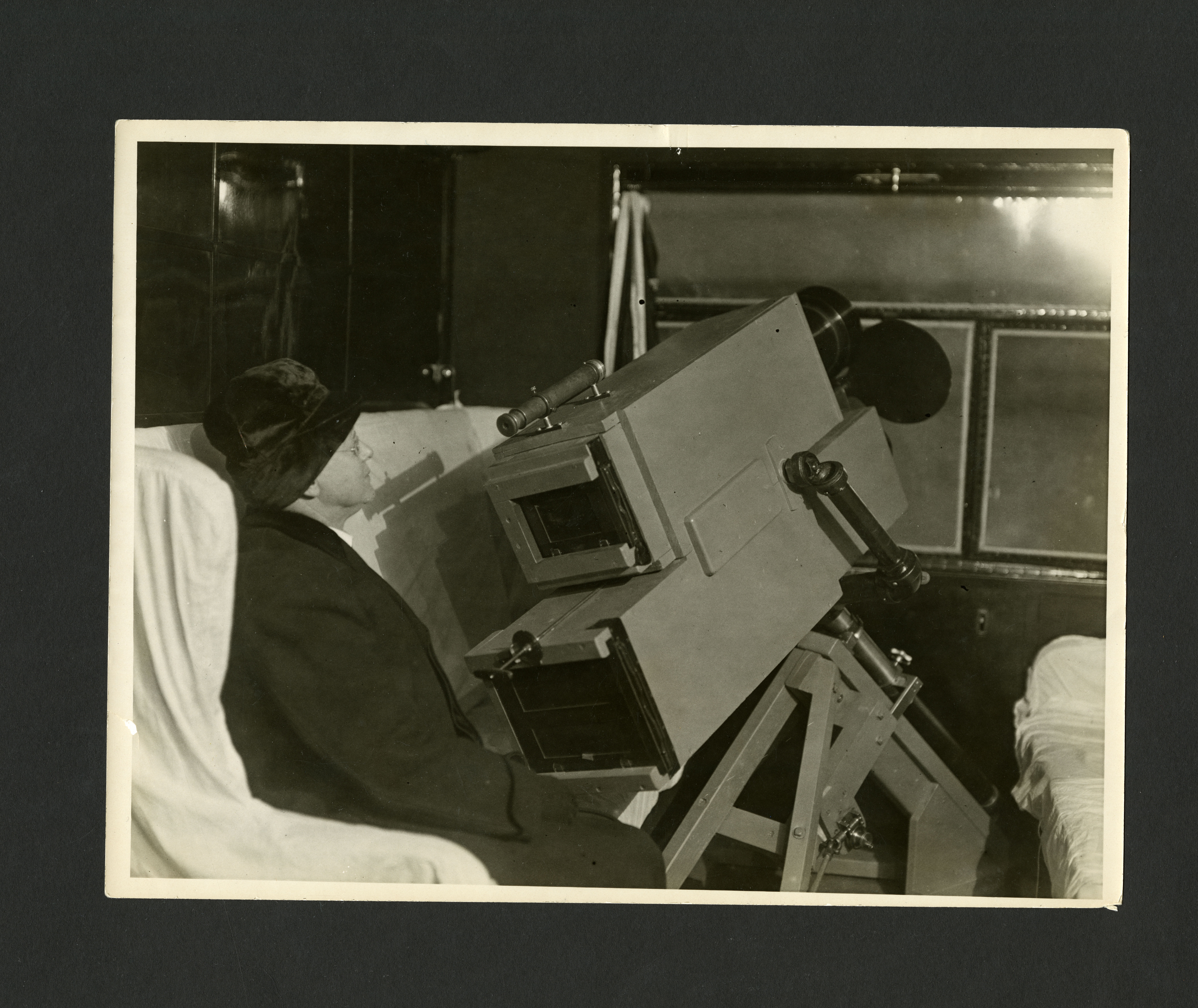
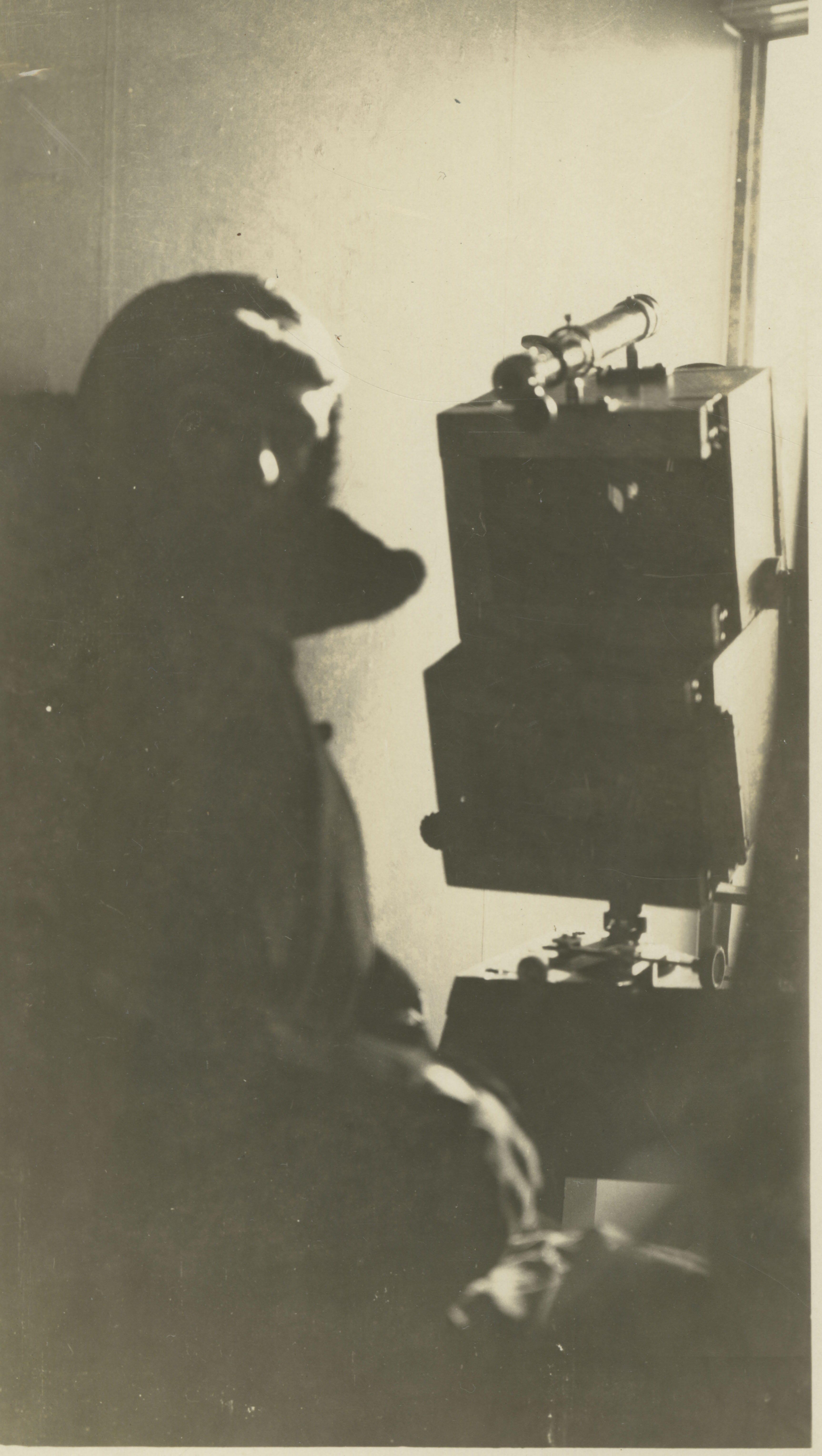
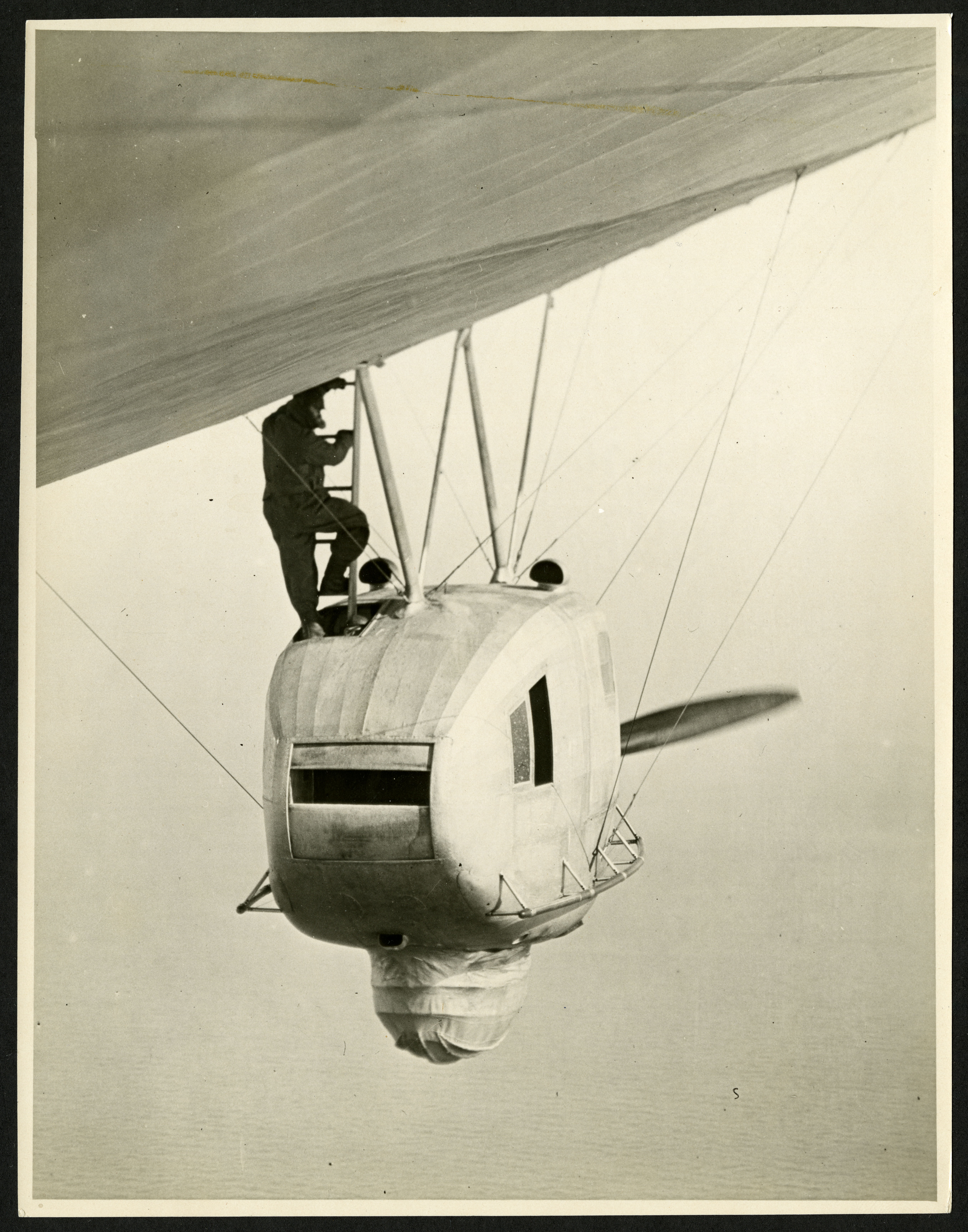
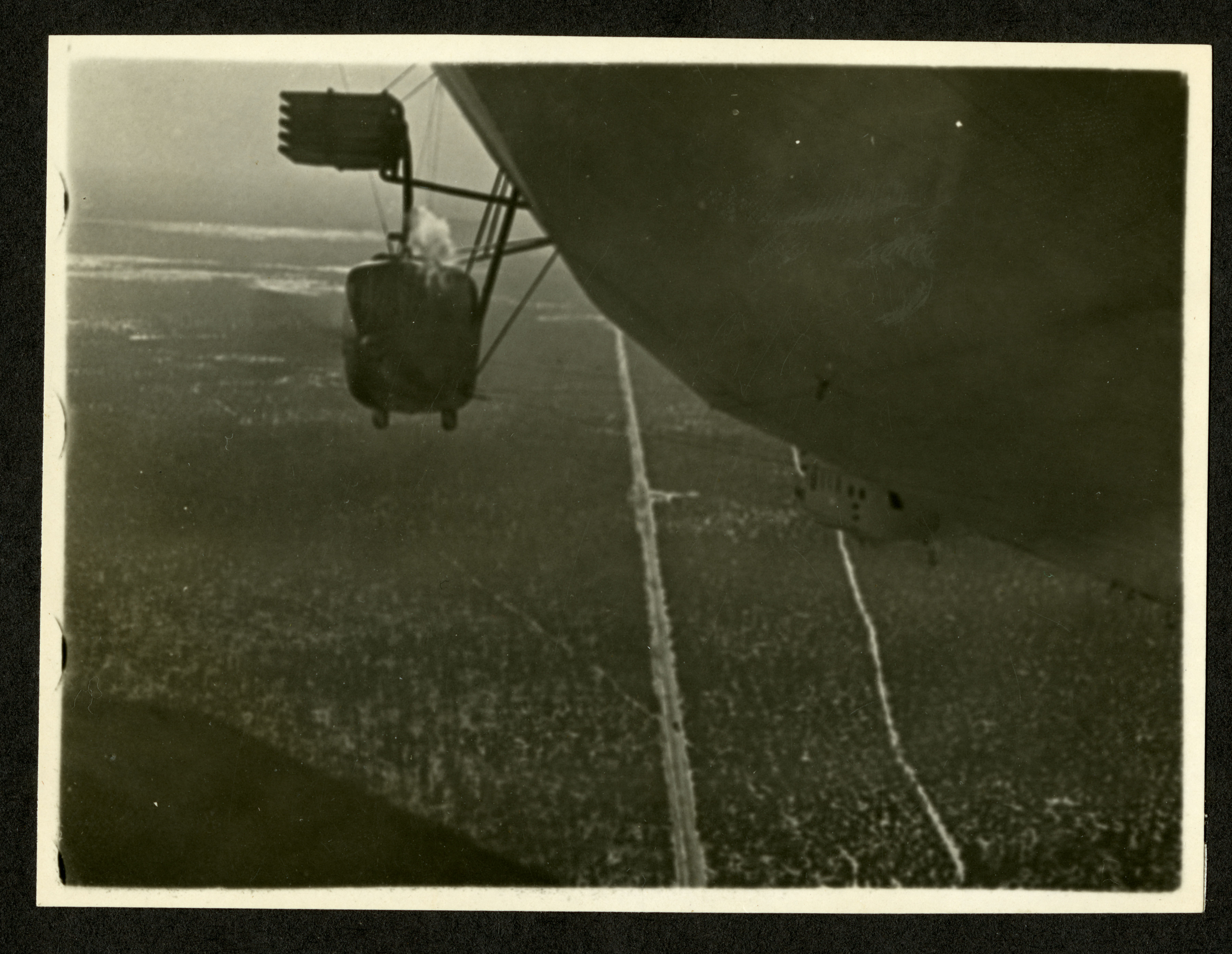

Leave a Comment